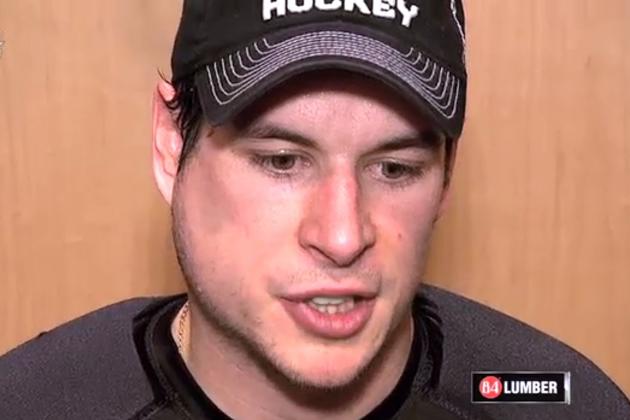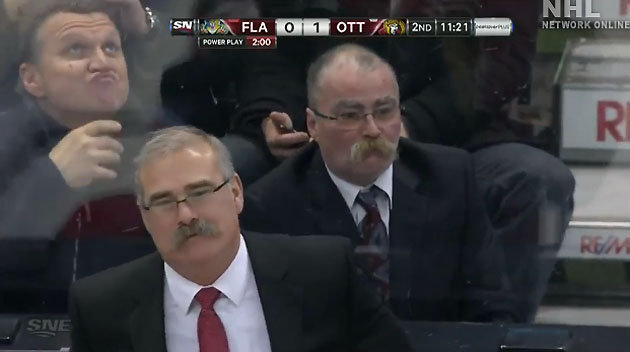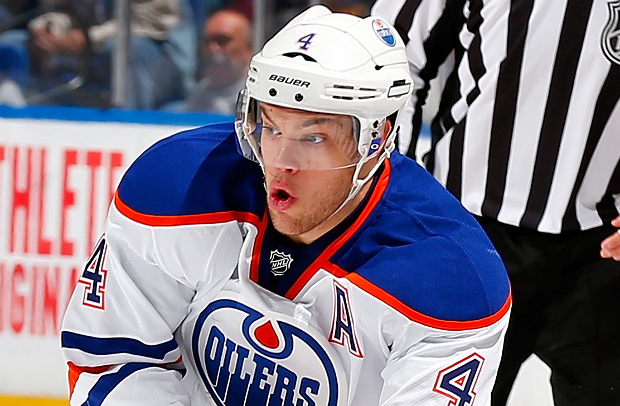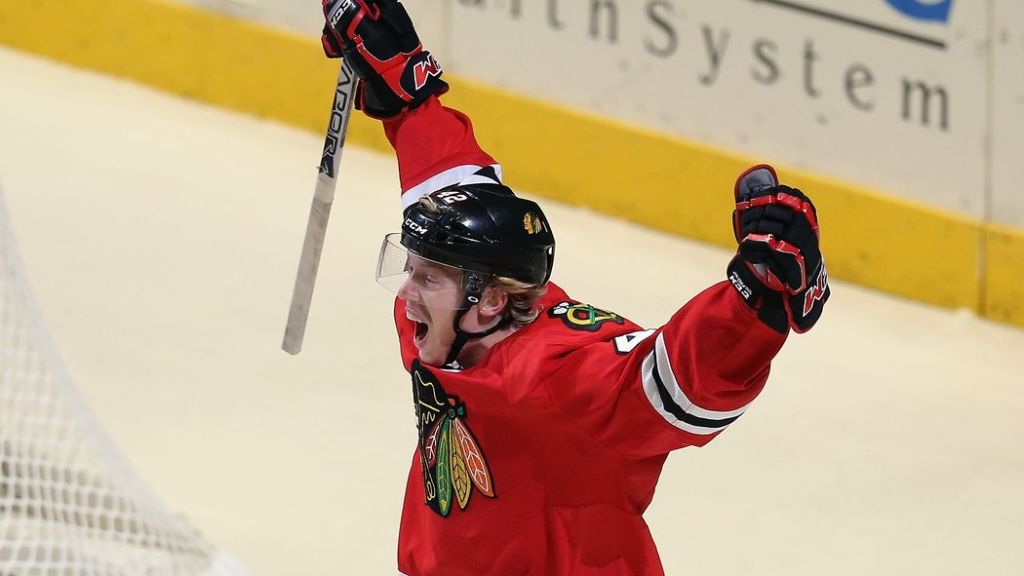Everything we have ever done or will do, we are going to do over and over and over again. One might say that a puck is like a flat circle…
Okay, technically a puck has height, so it’s not actually flat, but the point is that this week has seen a lot of recurring events in the NHL. Break out the Lone Star beer and let’s talk about eternal recurrence… on the ice.
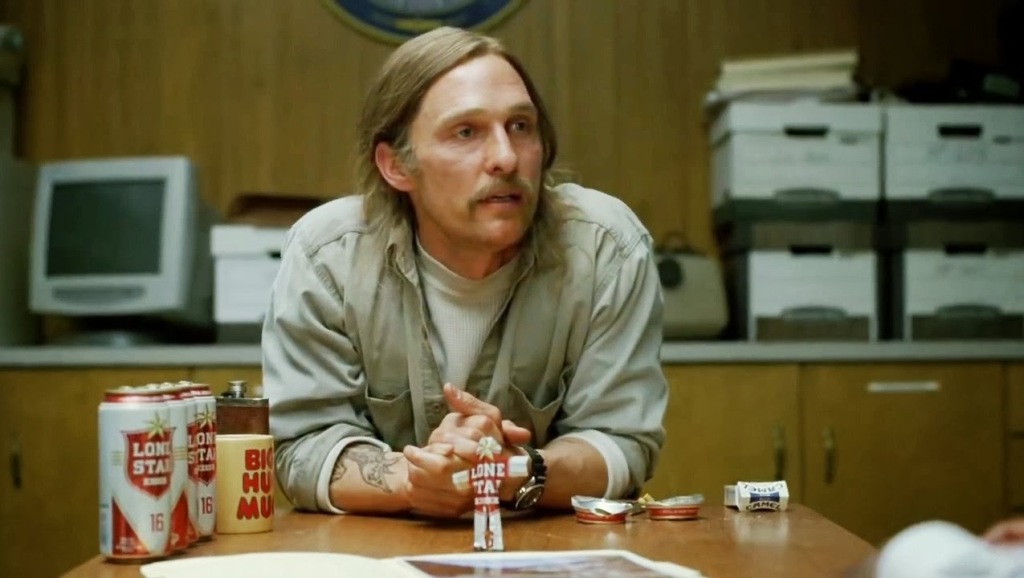
It was all the same dream. A dream that you had inside a locked box. A dream about being the first star. And like a lot of dreams there’s Pierre McGuire at the end of it.
Last Century’s Diseases
At first it was kind of funny. Back in October, the St. Louis Blues swung through southern California to play the Kings and Ducks. The Minnesota Wild were making that same road trip at the same time to play the same teams. Shortly thereafter, a lot of Blues players were experiencing flu-like symptoms, as did at least one Wild player. Blues’ coach Ken Hitchcock joked about his team’s arena playing host to the CDC.
It was funny to joke about the “plague” affecting them. When the league’s top goal-scorer at the time, the Ducks’ Corey Perry, fell ill, it sucked for all of us who had him in our fantasy teams. And then it was finally revealed what the mystery virus that was knocking out players from these three teams.
Mumps.
Mumps? The childhood disease what was mostly eradicated until some shady, conflict-of-interest doctor told parents to stop vaccinating? Yup. The plague had gone from kind of funny to just plain weird, especially as more names succumbed to mumps — including the Rangers’ Tanner Glass was diagnosed, meaning that the virus had jumped to a new team. Then Sidney Crosby, the face of the NHL, was scratched for being sick. Everyone held their breath, but the always-trustworthy Penguins seemed to deny it was mumps.
Guess what? It was the mumps. And because this swollen face belonged to the face of the NHL, suddenly everyone was taking notice, even outside hockey. For a moment, the little brother of team sports in the U.S. became popular, even if it was for being disease-ridden. The plague just keeps coming back, and now anyone who gets sick is assumed to have succumbed to mumps. If there’s a silver lining, it’s that doctors and scientists seem really interested — the NHL has provided them an icy lab to study the efficacy and waning of vaccines.
Winning Problems
Meanwhile, in Chicago, the plague has yet to hit the shores of Lake Michigan. It still may do so — Duncan Keith is out sick, which is the first indication that he’s not not out with a case of mumps. Chicago is also without surefooted goaltender Corey Crawford, who’s having his best season between the pipes. Luckily, the Blackhawks have received stellar performances from their rookie goalies. Chicago’s defensive prospects haven’t been that great (but good enough) on a thinning blue line, while their forward prospects have nowhere to go but elsewhere (more on that in a bit). The Blackhawks also snapped their winning streak, and struggled a bit to pull out wins after the loss.
In other words, Chicago is the poster child for #FirstPlaceProblems. We’re only two years removed from Coach Q being at the top of a list of “Coaches on the Hot Seat.” Now fans are worrying about the bottom of Chicago’s defensive pairings, or whether the 2008-10 draft classes were busts or simply blocked by a team whose depth has it as a perennial Stanley Cup favorite. Or they might worry that their coach’s occasional need to puree his line combinations isn’t as tactically advantageous as talking heads like to think. But then they look at the rest of the league and realize that most teams would love to have Chicago’s problems. Just ask fans in Ottawa or Edmonton.
A Good Old Fashioned Coach-Firing
In time for the holidays, we have the return of an age-old sports tradition: the mid-season firing of a coach who probably has little to do with a team’s woes. This season, the tradition has been first enacted by the Ottawa Senators and the Edmonton Oilers.
The Senators were the first to light the candle, firing mustachioed coach Paul MacLean. The only team worse than Ottawa in the Atlantic division are the Buffalo Sabres (new motto: “Still better than half the Metro division!”). In accordance with the tradition, firing the coach had little to do with his actual coaching, and more with trying to “spark” the team into not playing like shit. Or something.
Not to be outdone, the Edmonton Oilers realized that they were WAY worse than Ottawa, and their coach hasn’t won any fancy coaching awards. So they jettisoned him, hoping to spark the Oilers to something not resembling a dumpster fire. Which is why they’re also looking to trade one of their best young players.
What (Uncoachable) Child Is This?
To clarify that: according to a hockey insider, the Oilers might be looking to trade top-line winger Taylor Hall. This rumor sounds like it could be true, so everybody’s running with it. The uncorroborated reportage also touches on a lot of recurring tropes in the NHL.
1) Hall is a talented but selfish winger who doesn’t want to change for nobody, especially not no stinking coach. He’ll be a coach’s kryptonite, because Hall with both be uncoachable and yet engender unfulfillable expectations for the coach’s team. (see also: Ovechkin, Alex)
2) Hall is a talented player who is the face of a team that has lost its grit, its work ethic, and its way. The team won’t improve off — or on — the ice until the icon of this futility is excised. A shake-up of this magnitude is the only option. (see also: Thornton, Joe)
3) Hall is a talented young forward who doesn’t fit the image the front office has for this team. Sure, his failings are all hearsay and leaked reports, but it’s obvious that he doesn’t buy into the Oiler Way. A trade could be good for both team and player — he gets a new lease, and the team gets a ‘big haul’ in return. (see also: Seguin, Tyler)
I’m not an insider, nor am I an expert, so I have no idea how much of this is true and how much is a sportswriter playing to a narrative (or three). But I will say that the Blackhawks would probably part with Jeremy Morin and Michal Rozsival and… what? Oh. Nevermind on Morin.
Fare Thee Well, Oh Mythical Morin
Chicago finally decided to shit or get off the Jeremy Morin pot, trading constant healthy scratch for needed depth on the blue line. It’s an unexciting trade, all things told. But it’s also a dramatic trade, though, because Jeremy Morin was one of this season’s #FirstPlaceProblems. I’ve talked about him before. More than once. The reality was that:
- Chicago is stacked on its wings.
- Barring the unforeseen, Morin was not going take ice time from those wingers.
- Morin scorer, but his barely-existent ice time came on checking or defensive lines.
- Based on offseason talk, Morin was expecting a bigger role.
- Based on current levels of play, Morin will barely get any role this season.
- Chicago needs NHL-ready defensemen on the cheap.
- Morin needs regular ice time, and has nothing left to prove in the AHL.
Thus, the Blackhawks traded a forward who never found his role for a defensive prospect in the same boat (Tim Erixon from the Blue Jackets). On the one hand, you have those frustrated for what might have been, had Morin been given an actual shot. Opposite of this first camp are the fans who are tired of Morin’s “potential” — he had his chances, and was never going to break into the ‘Hawks lineup with how the depth players are contributing.
These two camps have turned each other into straw men, claiming the other side viewed Morin as a savior who Coach Q unfairly hated, or that they viewed Morin as an untalented hack who had wasted countless hours of ice time without proving himself.
I thought Morin was a better option this year than, say, Carcillo, who had far fewer chances over the years. That said, Carcillo is also playing like he’s got no future if he stops scoring. But last season had a few more holes filled by players who seemed to bring less to the ice than Morin.
Thing is, this is less about Morin “deserving” a spot, and more about how the ‘Hawks handle a surplus of talent. In hindsight, Morin was probably never going to get a fair shake in Chicago. That’s fine, but deal him before we get to this point. All the guys drafted around him who got out of Chicago are getting consistent minutes, and he has a ton of forward prospects breathing down his neck (Teuvo, Ross, Hartman, Schmaltz, Danault, and yes, even Nordstrom).
My worry is that the draftees from 2008-10 have been almost all been unloaded, with the exception of 4th-line winger (Ben Smith) and a 4th-line center (Marcus Kruger). Like Morin writ large, these draft classes may be the cost of having a stacked roster with little cap space. Or maybe they were overrated. Whichever turns out to be the case (or a little of both), the worry is the perception that the Blackhawks system is one a player wants to avoid or leave as soon as possible.
(As cathartic as it may be for Blackhawks fans to shit on Kevin Hayes, his actions should give pause. He was a first-round pick by a team that just won the Stanley Cup — and a team his brother was also drafted by — and yet he did what he could to avoid signing with that team.)
Chicago will need all the cap space it can get when the Toews and Kane salaries jump next season, meaning it’ll need to lean on its prospect. It’ll need a deep farm system when the expansion draft plucks young players from Chicago (and Rockford). And now that Blackhawks fans have tasted winning, they won’t want a redux of the lean years, when the time between Stanley Cups was a half a century.

